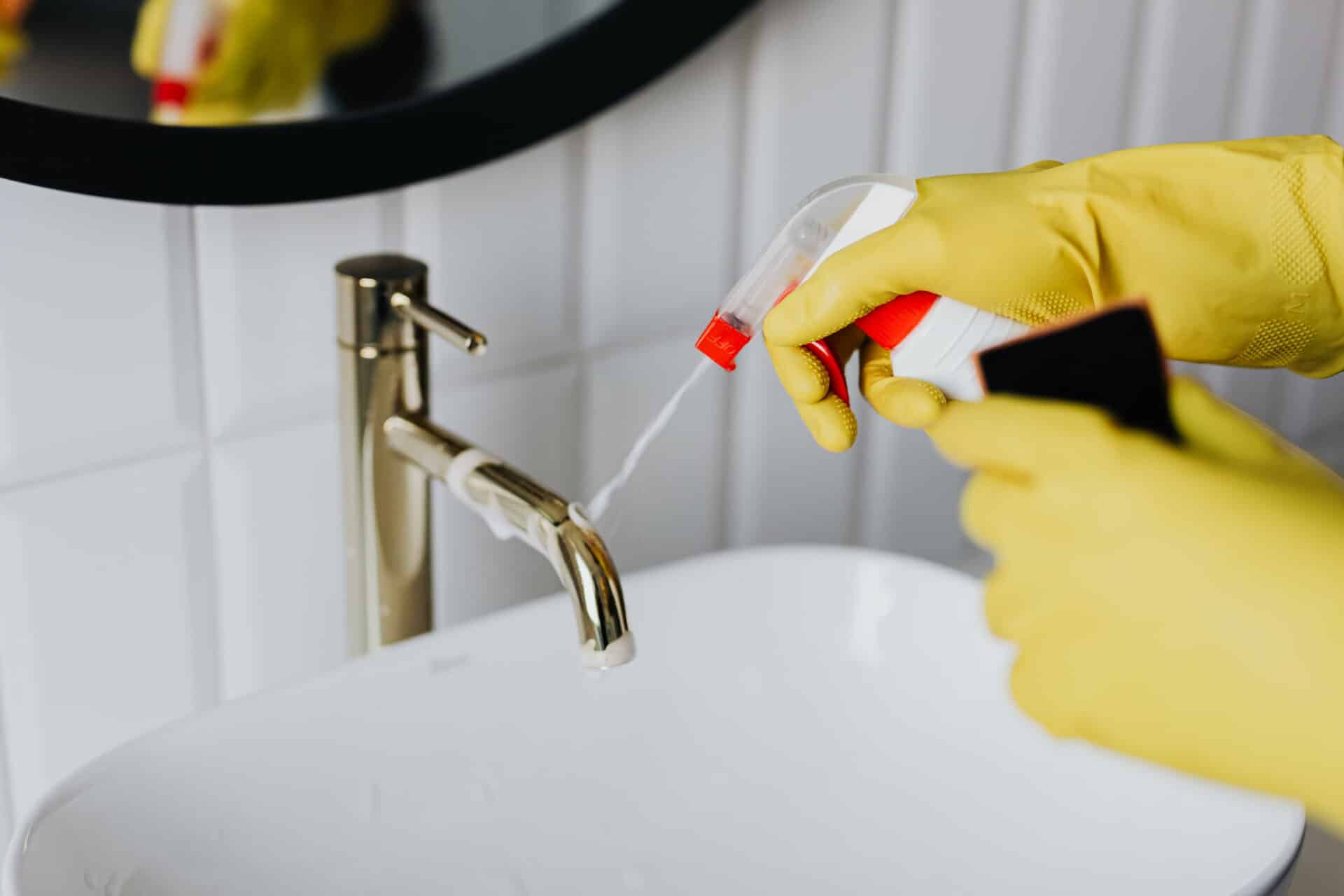Distillation is a process used to separate components of a liquid mixture based on their different boiling points. The process of distillation involves the condensation and evaporation of the mixture in order to purify it. It is important to note that distillation is a physical change, not a chemical change. Physical changes occur when there is a change in the state or form of matter without any alteration to its chemical composition. In contrast, chemical changes involve changes in the chemical composition of matter due to the formation or breaking of chemical bonds.Distillation is a process used to separate components of a liquid mixture by heating the mixture to a temperature at which one or more components vaporize. The vaporized components can then be collected and condensed back into a liquid form, resulting in a highly purified version of the original component.
What are Chemical Changes?
A chemical change is a process in which one or more substances are transformed into one or more new substances with different chemical properties. Chemical changes involve a rearrangement of the atoms and molecules present in the reactants, leading to the formation of new products. This rearrangement results in the formation of a new substance, which has its own unique physical and chemical properties. Examples of chemical changes include burning, rusting, fermentation, and cooking.
Chemical changes occur when energy is added to the reactants, causing them to rearrange into new substances with different chemical properties. This rearrangement is caused by a chemical reaction, which involves breaking and forming bonds between atoms or molecules. During a chemical reaction, energy is either released or absorbed, depending on the type of reaction that takes place.
Chemical reactions can be categorized into several different types based on the type of reaction that occurs. The most common type of reaction is an oxidation-reduction reaction, in which electrons are transferred from one substance to another. Other types of reactions include acid-base reactions, precipitation reactions, and combustion reactions
Physical Changes
Physical changes are changes to a substance that do not involve any change to its chemical composition. These changes can be observed with the naked eye and often involve a change in shape, size, state, or form. Examples of physical changes include melting ice cubes, boiling water, crushing a can, tearing paper, and breaking a glass. In each of these cases, the composition of the material remains the same even though its appearance has changed. Physical changes are reversible and do not involve any energy input or output. Some other examples of physical changes include cutting hair, grinding spices, pulverizing pills, grating cheese and dissolving sugar in water.
Physical changes can also occur when a substance is mixed with another substance without changing its chemical composition. For instance, when two liquids are mixed together in equal proportions the result is a homogenous mixture that has different properties than either of the original substances. This type of physical change is called a solution. Other examples include alloys and suspensions which are mixtures of two or more materials but have different properties than either of the original materials.
In conclusion, physical changes involve changing the form or
Distillation
Distillation is a process in which a liquid is heated to its boiling point and then vaporized, and then the vapor is cooled in order to condense it back into liquid form. This process of separating components of a mixture based on their different boiling points is known as distillation. It can be used to separate liquids from solids, as well as separate mixtures of liquids with different boiling points.
Distillation is a physical change because it does not involve any chemical reactions. The molecules that make up the liquid are not changed or rearranged; instead, they are simply separated from each other by changing their physical states from liquid to vapor and back again. This separation happens because the different components of the mixture have different boiling points, and when heated, they will boil off at their respective temperatures.
However, while distillation is a physical change, it can also be used to produce chemical changes in some cases. For example, when distilling alcohol or essential oils from plants, the boiling point of water will be lower than that of alcohol or essential oils. When this happens, the water will evaporate first and leave behind the heavier alcohol or essential oil molecules
Factors Affecting the Type of Change During Distillation
Distillation is a process used to separate a mixture of liquids into its components. In order to achieve this, different factors must be taken into account when performing the distillation. These include the boiling point of each component, the temperature of the distillate, and the pressure in the system. All of these factors can affect the type of change that will occur during distillation.
The boiling point of each component in the mixture is an important factor in determining what type of change will take place during distillation. If two or more components have similar boiling points, then they will boil off together during distillation, forming an azeotrope. This is a mixture with constant boiling point and composition that cannot be separated by further distillation. If two or more components have different boiling points, then they can be separated from each other by fractional distillation.
The temperature at which the distillate is collected is also important in determining what type of change occurs during distillation. If it is too low, then no vaporization will occur and no separation

Examples of Chemical Change in Distillation
Distillation is a chemical process that involves the separation of substances through the evaporation and condensation of their mixtures. During the process, chemical change occurs as some components evaporate and others condense. This chemical change can be observed in several different ways, making it possible to identify potential mixtures and their individual components. Examples of chemical change in distillation include changes to the physical properties of the mixture, changes to the molecular structure of individual components, and changes to the boiling point.
The physical properties of a mixture can be altered during distillation due to the removal or addition of certain components. For example, when ethanol is distilled from water, its concentration increases and its viscosity decreases, resulting in a change in the physical properties of the mixture. Similarly, when two miscible liquids are mixed together during distillation, they form an emulsion that has a different density than either component alone.
During distillation, molecular structure can also be altered as molecules are broken down into smaller molecules or combined into larger molecules. For example, when ethanol
Examples of Physical Change in Distillation
Distillation is a physical process used to separate mixtures of liquids into their individual components. It involves heating the mixture until it vaporizes, then collecting and condensing the vapor back into a liquid form. This process is commonly used to purify water, produce alcoholic beverages, and extract essential oils from plants. In this process, various physical changes take place that can be easily observed.
One example of a physical change in distillation is the separation of different boiling points of components within the mixture. When heated, some components will vaporize at lower temperatures than others. As the vapor passes through the condenser, it separates into fractions based on its boiling point, which produces a layer of pure liquid components at the bottom of the distillation container.
Another example is evaporation and condensation. During the heating process, some components will evaporate more quickly than others due to their different boiling points. This causes them to become vaporized and rise as steam through the condenser where they are cooled and condensed back into liquid form.
A third example is color change in liquids during distillation. As some molecules evaporate
Different Types of Changes During Distillation
Distillation is a process that separates components of a liquid mixture through the use of heat and evaporation. It is used to purify liquids, create alcoholic beverages, and manufacture essential oils. There are several different types of changes that occur during distillation, each with their own set of pros and cons.
The first type of change is boiling point elevation. Boiling point elevation occurs when certain components in a liquid mixture have their boiling points increased. This type of change allows for easier separation of the components during distillation. The downside to boiling point elevation is that the higher temperatures can cause some components to break down, resulting in reduced purity.
The second type of change is fractional distillation. Fractional distillation involves separating a mixture into its individual components by using different temperatures during the distillation process. This type of distillation can be used to separate liquids with very similar boiling points, such as alcohols or essential oils. The advantages to fractional distillation include increased purity and specificity, but it can require more time and energy than other types of distillations

Conclusion
Distillation is a physical change which involves the separation of substances based on their boiling points. It does not involve any chemical reactions. Distillation is used in many industries and can be used to purify liquids, separate mixtures, and produce high-purity products. It is an effective and efficient method for separating components of a mixture, making it an important tool in the field of chemistry.
Distillation has many advantages over other separation techniques, including its cost-effectiveness, low energy requirements, and ability to separate components with varying boiling points. Additionally, distillation can be carried out at relatively low temperatures which prevents degradation of the compounds being separated.
In conclusion, distillation is an important process for separating components of mixtures and producing high-purity products. It is a physical change that does not involve any chemical reactions or high temperatures. As such, it is highly cost-effective and energy efficient compared to other separation methods.

